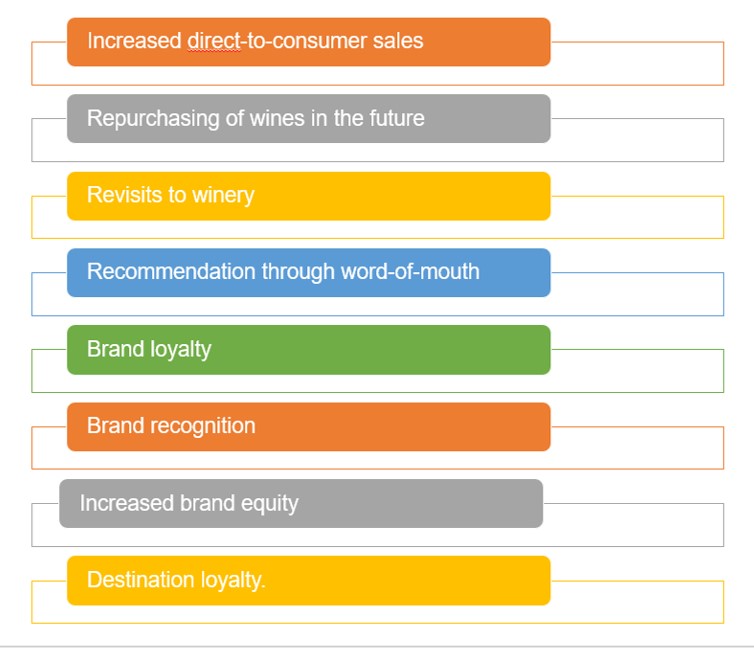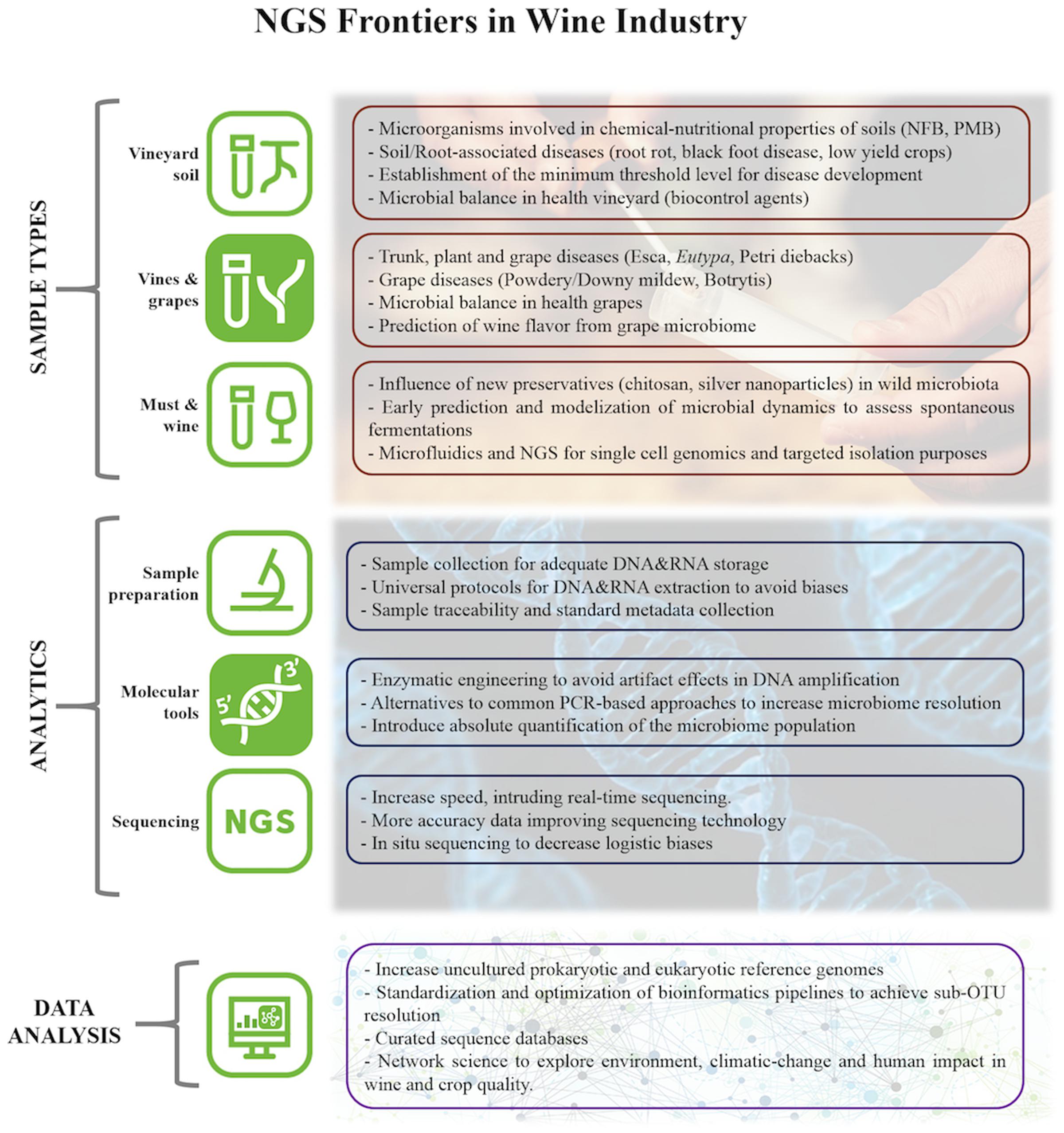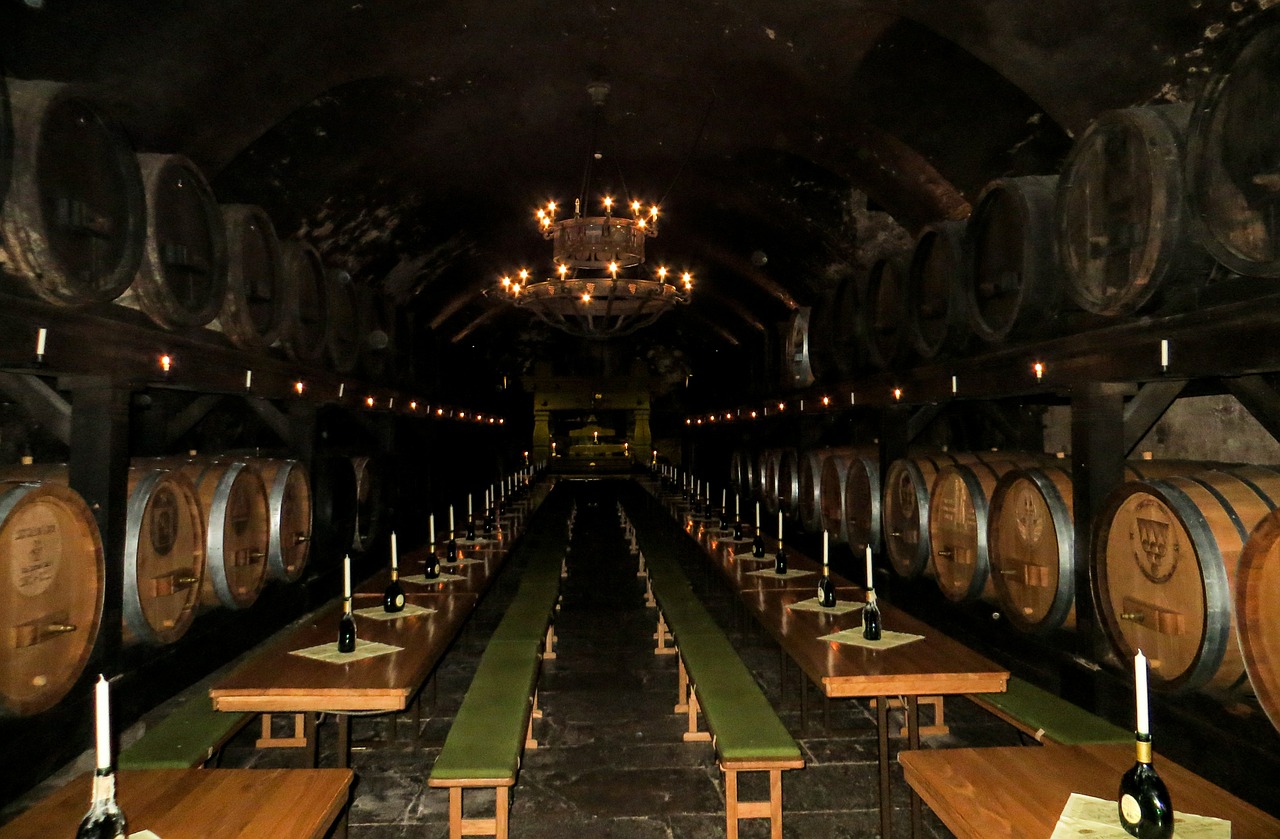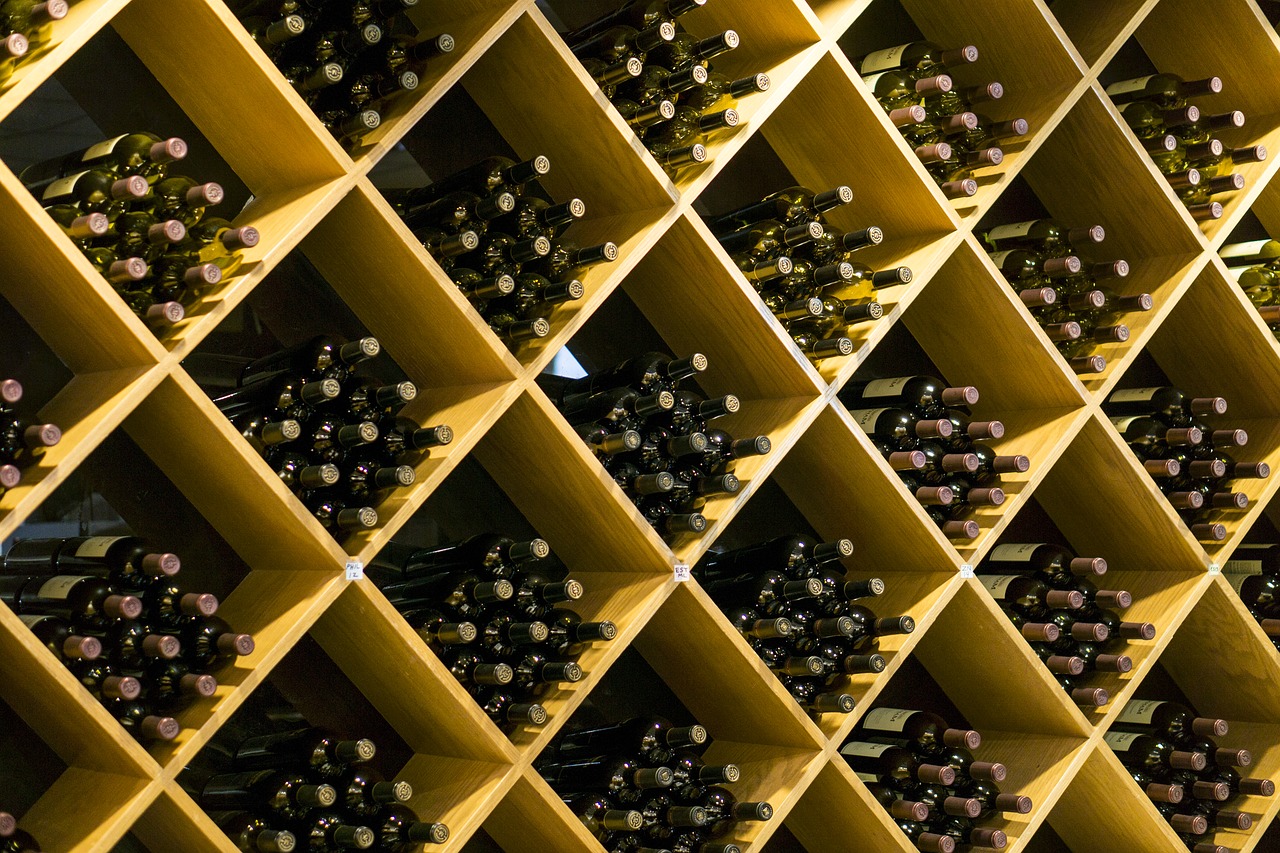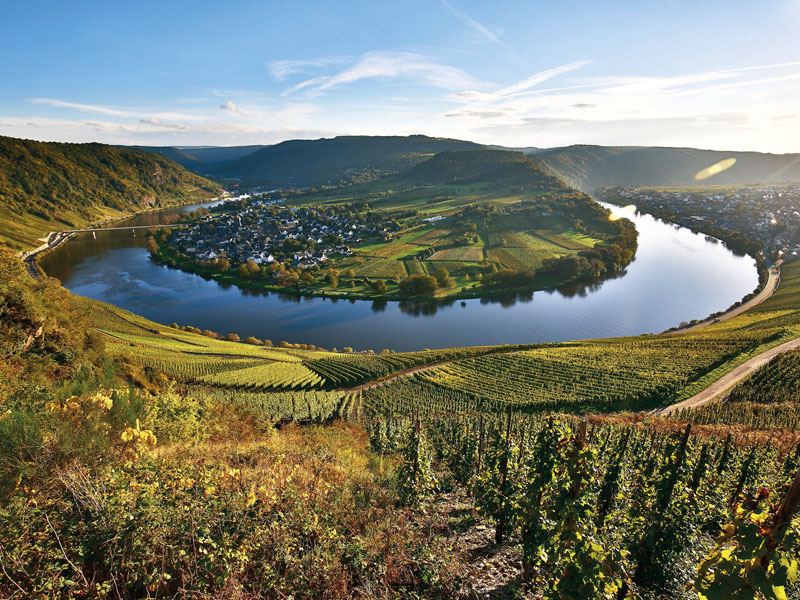Winery Definition Science

Enology definition is a science that deals with wine and wine making.
Winery definition science. The subtle science of wine tasting. An example of wine as a color is the color of red wine. Science and technology of wine making. Noun an example of wine is cabernet sauvignon made from fermented grapes.
The grapes are usually harvested from the vineyard in the fall or autumn. The term vintner used to be a term used to describe a person who sells wine however today it is a term with a much broader spectrum and depending on the context in which the term is used it may vary. The science practice and study of vineyard production is known as viticulture. A vineyard is often characterised by its terroir a french term loosely translating as a sense of place that refers to the specific geographical and geological characteristics of grapevine plantations which may be imparted in the wine.
Molecular wine microbiology features rigorous scientific content written at a level comprehensible for wine professionals as well as advanced students. Although i don t deal with science on a day to day basis anymore since i now teach physical education i still love the topic. When speaking of a vintner as one who makes wine there is a vast spectrum of knowledge they must possess. Scientific knowledge as a winemaker.
Wine definition the fermented juice of grapes made in many varieties such as red white sweet dry still and sparkling for use as a beverage in cooking in religious rites etc and usually having an alcoholic content of 14 percent or less. You can take the girl out of science but you can t take the. My undergrad and graduate degrees were in biology and those many years as a microbiologist are engrained in me. Wine is an alcoholic drink made from fermented fruits and plants or a purplish red color.
Effervescence in wine comes from carbon dioxide which is released naturally as part of the fermentation process and grapes made into sparkling wine are pressed and fermented to make still wine and then undergo a secondary fermentation to create and hold the carbon dioxide in the wine.

